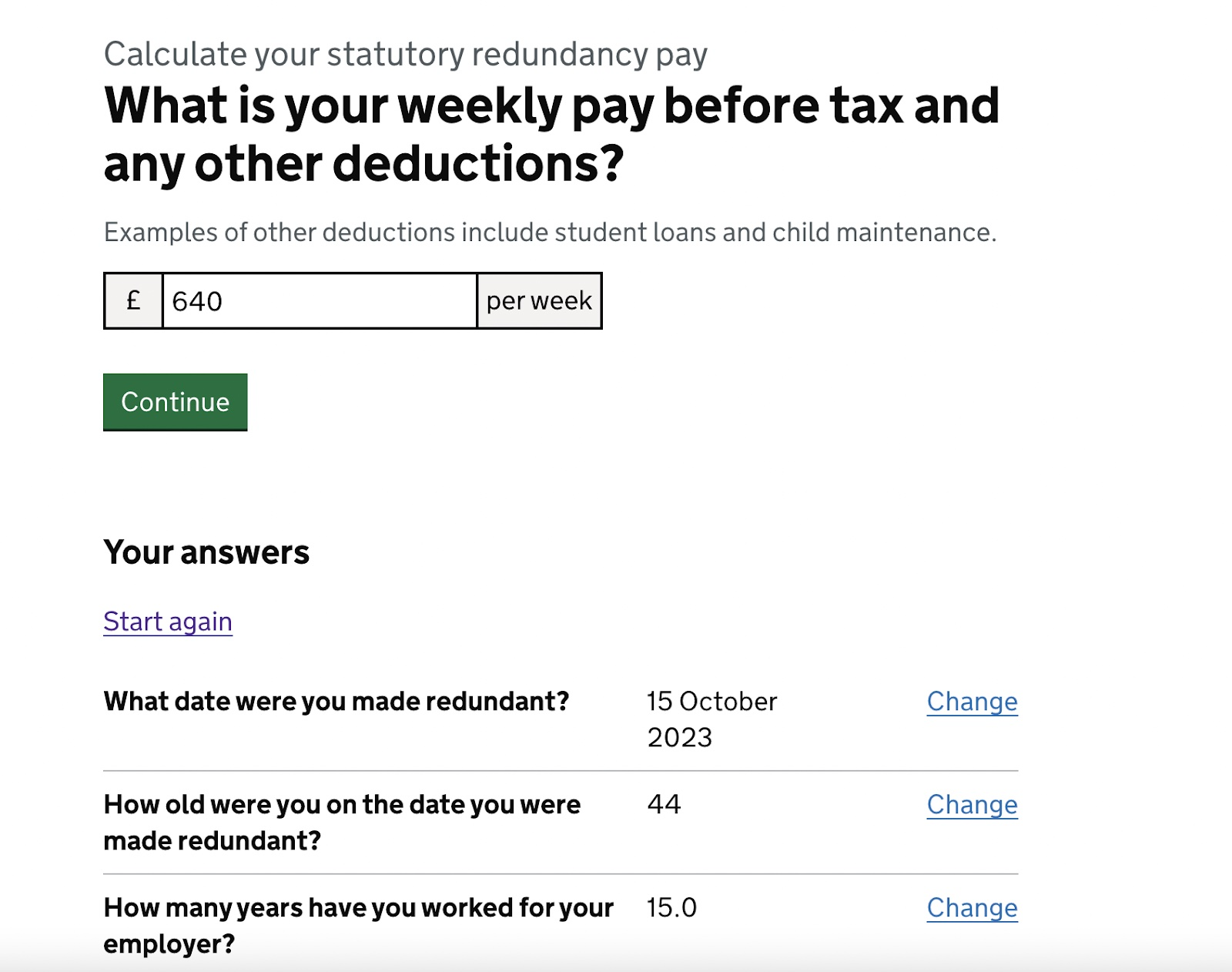Checking Out the Operational Characteristics of Business Redundancy and Its Long-Term Sustainability

Redundancy Techniques for Business Connection
In order to make sure continuous operations, businesses need to implement efficient redundancy approaches for service continuity. Redundancy in this context refers to the replication of critical elements or functions within a system to minimize the influence of potential failures. By incorporating redundancy techniques, organizations can enhance their strength versus interruptions brought on by numerous variables such as natural calamities, equipment failures, or cyber-attacks.
One common redundancy method is the application of backup systems and data storage space options. This includes creating duplicates of vital information and systems that can be turned on in case of a main system failing. Furthermore, companies can develop repetitive interaction networks and power sources to maintain connectivity and operations during unexpected events.
Furthermore, cross-training staff members to carry out multiple roles within the company can work as a useful redundancy approach. If crucial workers are unavailable due to health problem or other reasons, this guarantees that essential jobs can still be carried out also. On the whole, reliable redundancy techniques are important for services to maintain operational connection and decrease the impact of prospective interruptions.
Influence of Redundancy on Business Strength
Provided the essential duty redundancy techniques play in making certain service connection, discovering the effect of redundancy on business resilience ends up being essential for comprehending the all natural operational dynamics of a firm. Redundancy, when purposefully applied, can considerably contribute to enhancing an organization's resilience in the face of unexpected obstacles.
Additionally, redundancy can foster advancement and creative thinking within a company as workers feel empowered to take calculated dangers, understanding that there is a safety net to sustain them in case of failing. Generally, the impact of redundancy on business resilience is profound, forming the long-lasting sustainability and success of a company.
Stabilizing Performance and Adaptability in Redundancy
Attaining a harmonious stability in between operational effectiveness and flexible versatility is a critical obstacle in the tactical deployment of redundancy within companies. Effective procedures are crucial for keeping productivity and cost-effectiveness, ensuring that sources are utilized optimally. Nonetheless, extreme focus on efficiency alone can bring about strength, making it challenging for companies to adapt to unpredicted modifications or challenges. On the various other hand, adaptability permits companies to react nimbly to developing scenarios, fostering innovation and resilience. Yet, way too much versatility without a solid functional foundation can result in ineffectiveness and inconsistency.
To stabilize performance and adaptability in redundancy planning, organizations have to very carefully analyze their functional needs, market dynamics, and strategic goals. Executing lean methods can boost performance by streamlining processes and getting rid of waste, while cultivating a society of flexibility and continuous renovation can increase adaptability. In addition, buying cross-training programs and durable communication channels can assist grow a flexible workforce with the ability of managing varied tasks during durations of transition. Inevitably, finding the right equilibrium between effectiveness and flexibility is vital for developing a resilient and lasting company in the face of unpredictability.
Long-Term Sustainability Via Redundancy Planning
To make sure long-lasting viability and stability, companies have to purposefully straighten their redundancy preparation with long-lasting sustainability goals, consequently integrating operational performance with adaptive adaptability. Companies ought to check out redundancy not as a responsive option to instant issues however as an aggressive method for long-term success.

Proactive Steps for Sustainable Company Workflow
Exactly how can business proactively boost their operational sustainability for lasting success? Executing proactive measures is necessary for firms aiming to make sure lasting procedures. One essential strategy is to buy modern technology and development to streamline procedures, lower waste, and stay competitive out there. Taking on sustainable practices such as decreasing power consumption, lessening carbon impact, and maximizing source application can not only benefit the atmosphere yet also result in cost financial savings over time.
Moreover, promoting a society of constant enhancement and knowing within the company can boost flexibility to transforming market conditions and customer demands. Urging staff member participation in decision-making procedures and supplying opportunities for professional development can enhance spirits, efficiency, and overall efficiency. Establishing clear goals, checking vital efficiency indicators, and consistently examining development are vital parts of aggressive sustainability monitoring.
Working together with vendors, customers, and various other stakeholders to promote lasting methods throughout the supply chain can create a surge impact of favorable impact - redundancy pay if company goes bust. By taking positive actions towards functional sustainability, business can build strength, drive technology, and protect their lasting success in an ever-evolving company landscape
Final Thought

In the world of organizational monitoring, the critical implementation of company redundancy stands as a pivotal yet detailed method that demands a delicate equilibrium between functional effectiveness and long-term stability. By studying the functional characteristics that underpin firm redundancy and evaluating its broader effects for organizational resilience and versatility, a nuanced understanding of just how redundancy approaches can form the future trajectory of a business begins to unravel.Provided the critical function redundancy strategies play in making sure business continuity, exploring the influence of redundancy on business resilience ends up being vital for understanding the alternative operational characteristics of a company. Generally, the impact of redundancy on organizational strength is extensive, shaping the site long-lasting sustainability and success of a firm.
In conclusion, comprehending the functional characteristics of company redundancy is critical for guaranteeing lasting sustainability.